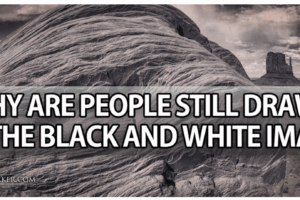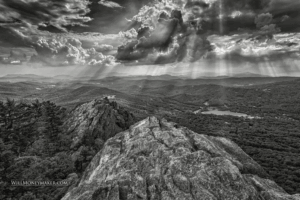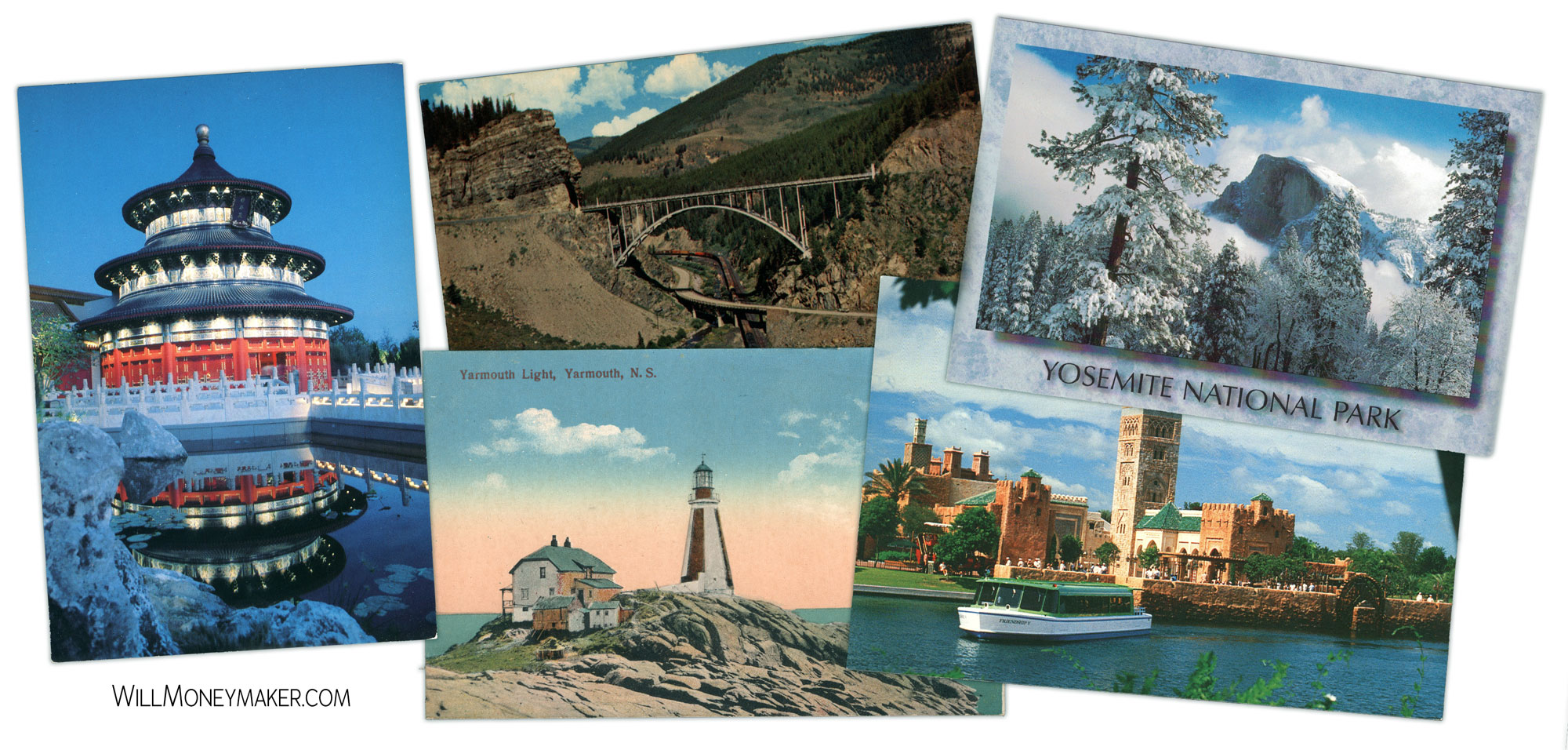What If Color Had Come First?
Let’s imagine something wild for a second: what if color photography had been invented first? Would we have ever created black and white photography at all? Or would we have dismissed it as incomplete, a technological limitation, an odd artistic experiment?
The fact that we even ask this question says something about black and white photography—it’s not just a holdover from history. It’s not a fallback or a filter. It’s a language. A philosophy. And despite the endless tools and possibilities available to us today, photographers still return to black and white with reverence, as if it holds a kind of truth that color sometimes hides.
So let’s explore why. Why do we keep stripping away the color? Why does this ancient, “outdated” format still have such a tight grip on our imaginations?
In the Beginning, There Was Only Silver and Shadow
Black and white wasn’t an aesthetic choice at first—it was simply the only option. In the 1820s, Joseph Nicéphore Niépce captured the first known permanent photograph using a process called heliography. It was a murky, long-exposure image made on a pewter plate, completely colorless, and utterly groundbreaking.
A few years later came the daguerreotype—fragile, silvery, and ghostlike images that felt as much like relics as portraits. These were often one-of-a-kind, precious objects, developed with mercury vapor and polished like mirrors. They didn’t just preserve faces—they trapped time.
By the mid-to-late 1800s, photography evolved rapidly. Film became more accessible, more portable, and with the invention of roll film by George Eastman and the introduction of the Kodak camera, the average person could now photograph their life. Still, those memories were cast in black, white, and all the exquisite greys in between.
Even as color film began to trickle in around the 1930s, it was expensive, complex, and seen as flashy. Real photographers—artists, documentarians, journalists—stuck with black and white. It wasn’t just about cost or habit. It was about power. Color told you what was there. Black and white told you what it meant.
The Monochrome Mindset
What draws us to black and white, even now? In part, it’s because it simplifies the world. Strip away color, and you’re left with something purer—light, shape, emotion. Color is loud. It demands attention. Black and white whispers. It invites you in. It doesn’t tell you what to feel; it asks.
When you look at a portrait in black and white, you notice the texture of the skin, the tension in a brow, the catchlight in the eyes. When you photograph a street scene, you see geometry, rhythm, light bouncing off wet pavement, shadows carving their own compositions.
You start noticing things you didn’t see before—how a shaft of light sculpts a cheekbone, how fog turns a landscape into a painting, how a crumbling wall becomes poetry when color isn’t there to distract you. It’s not just about aesthetics—it’s about attention. Black and white forces you to see differently.
The Masters of Monochrome
Some of the most iconic images in photographic history live in black and white. Ansel Adams captured the American wilderness with a level of precision and drama that still stuns today. His mastery of tonal range—what he called the “Zone System”—wasn’t just technical wizardry; it was devotion to the language of light.
Henri Cartier-Bresson, with his Leica slung over his shoulder, roamed the streets of Paris and beyond capturing the “decisive moment”—those perfect slivers of time when everything aligned. His photos weren’t polished or posed, but they felt eternal, human, immediate. They were stripped to their emotional essence.
Dorothea Lange showed us the soul of the Great Depression. Robert Frank revealed the contradictions of America. Sebastião Salgado traveled the globe to document the fragility and strength of human life. All of them turned to black and white not because they had to—but because it told the story better.
Even today, many contemporary photographers work in black and white, not out of nostalgia, but because the format still demands something more—more thought, more craft, more vision.
The Illusion of Simplicity
Here’s the irony: black and white looks simple, but it’s often harder to shoot than color. Without hues to carry visual interest, the entire weight of your image falls on composition, contrast, timing, and light. You can’t rely on a splash of red to save a flat frame. You either have the structure, or you don’t.
You have to start seeing in luminance rather than pigment. How light wraps around your subject. How shadows fall. How your highlights breathe. Editing becomes its own art—dodging and burning not as gimmicks, but as precise tools, like a painter adjusting the pressure of a brush.
Black and white is less forgiving. It doesn’t flatter. It reveals.
Digital Didn’t Kill It—It Reignited It
When digital cameras took over, some worried that black and white would disappear. After all, wasn’t it just a function of technical limitation? But digital didn’t kill monochrome—it set it free.
Now, photographers can shoot RAW, preserve full tonal data, and decide in post how their vision should come alive. Digital darkrooms, when used well, allow for incredible control over contrast and grain and tone.
At the same time, film has made a quiet but meaningful comeback. Photographers are returning to manual cameras, Ilford rolls, hand-developed negatives. Not because it’s easier. Because it’s slower. More tactile. More honest. Shooting black and white film is a conversation with imperfection—and a return to intention.
What If We Never Had Black and White?
Back to our original question: if color had come first, would black and white have ever been born?
I think so.
Because eventually, someone would have stripped the color away just to see what was underneath. And when they did, they would’ve realized what we know now: that black and white isn’t just about removing color. It’s about discovering everything else.
There’s something timeless about it. Something elemental. When the world is reduced to light and dark, every choice becomes more deliberate. Every shadow more mysterious. Every highlight more divine.
Conclusion: Where the Heart of Photography Lives
Black and white photography isn’t old-fashioned. It isn’t trendy. It’s foundational. It’s a reminder that photography, at its core, is about light. Not gadgets. Not color grading. Not pixels per inch.
Just light—and how we shape it.
It’s about noticing what others overlook. Telling stories without spelling them out. Inviting viewers to fill in the gaps. And finding, in those shades of gray, something startlingly vivid.
So whether you’re a longtime monochrome shooter or someone who hasn’t yet flipped your camera into black and white mode, try it. Slow down. Simplify. Strip away the surface.
And see what’s really there.




